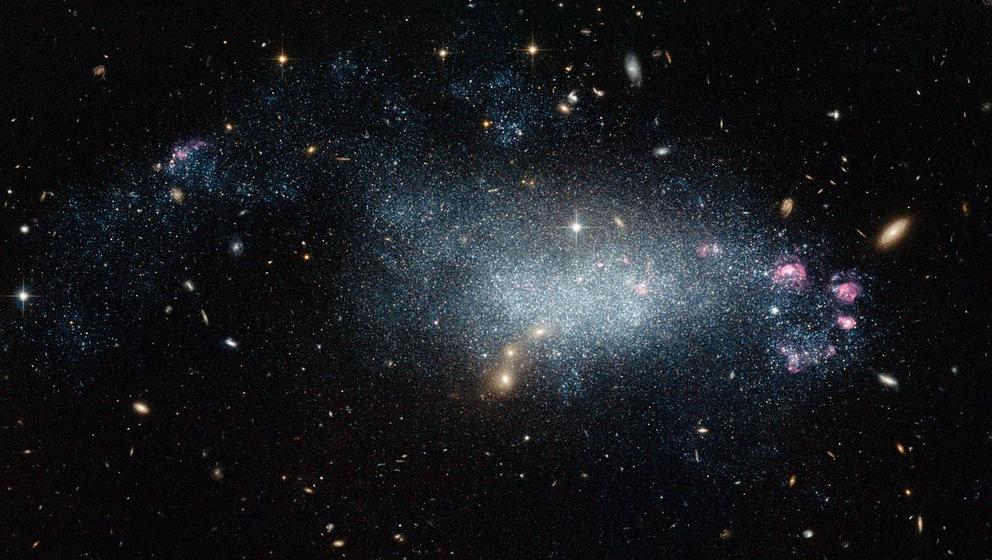NASA: at least 300 million exoplanets in the Milky Way may be habitable
Researchers from the National Aeronautics and Space Administration (NASA) estimate that at least 300 million planets in the Milky Way galaxy may be able to support life.
The estimate is based on a conservative assumption that seven percent of the sun-like stars in the galaxy foster conditions that are hospitable to life. The researchers said that there might be more such stars and therefore more habitable planets.
The findings of the study are slated to be published in the Astronomical Journal.
Looking for habitable exoplanets in the Milky Way
The study’s findings were based on data gathered by the Kepler space telescope. Although Kepler was retired in 2018, the information it provided has remained valuable to this day.
“Kepler already told us there were billions of planets, but now we know a good chunk of those planets might be rocky and habitable,” said lead author Steve Bryson of NASA’s Ames Research Center in California.
The researchers looked for exoplanets – planets that orbit a star other than the sun – with a radius ranging from 0.5 to 1.5 times the radius of Earth. Establishing these parameters ensured that the exoplanets are rocky – those that are orders of magnitude larger than Earth, such as Jupiter and Saturn, tend to be gaseous and therefore inhospitable to life.
The team focused their search on stars that are nearly as old and hot as the sun, paying close attention to each star’s habitable zone. This is the orbital region around a star where liquid water, a prerequisite for life, could exist on a planet. However, because this simplified approach may overlook characteristics that are specific to a star, the researchers cross-referenced the Kepler data with information taken using the European Space Agency’s Gaia space telescope.
“We always knew defining habitability simply in terms of a planet’s physical distance from a star, so that it’s not too hot or cold, left us making a lot of assumptions,” said co-author Ravi Kopparapu of NASA’s Goddard Space Flight Center in Maryland.
Gaia measures the energy output of a star, which can tell if that star emits too much radiation or too little thermal energy. Both extremes erode the possibility that a planet is habitable, as liquid water is unlikely to persist under such conditions.
With this information, the researchers found that half of the sun-like stars in the Milky Way may be capable of hosting habitable planets. At least four of these exoplanets may be within 30 light-years of the sun, with the closest one located no more than 20 light-years away. However, the team noted that there could be as much as 75 percent of these habitable worlds or as few as seven percent.
According to Bryson, while their findings are only rough estimates and water on a planet’s surface is only one of the many factors for habitability, “it’s extremely exciting that we calculated these worlds are this common with such high confidence and precision.”
24 Exoplanets more habitable than Earth
In another study, published September this year in the journal Astrobiology, German and American researchers identified 24 “superhabitable” worlds out of the more than 4,000 known exoplanets.
Some of these planets are slightly larger and more massive than Earth. This means, according to the researchers, that they have a bigger habitable land area and are able to retain their atmospheres longer. Meanwhile, some planets are around eight degrees warmer than Earth. These worlds may be more habitable because warmer and wetter conditions typically create a more robust and diverse community of species.
The researchers noted that there are likely more habitable exoplanets in the cosmos considering there are billions of planets in the Milky Way alone.
For full references please use source link below.

